What do the numbers mean on a pair of binoculars? We focus in
We take the objective view on what the numbers mean on a pair of binoculars and consider the implications when choosing the best bins
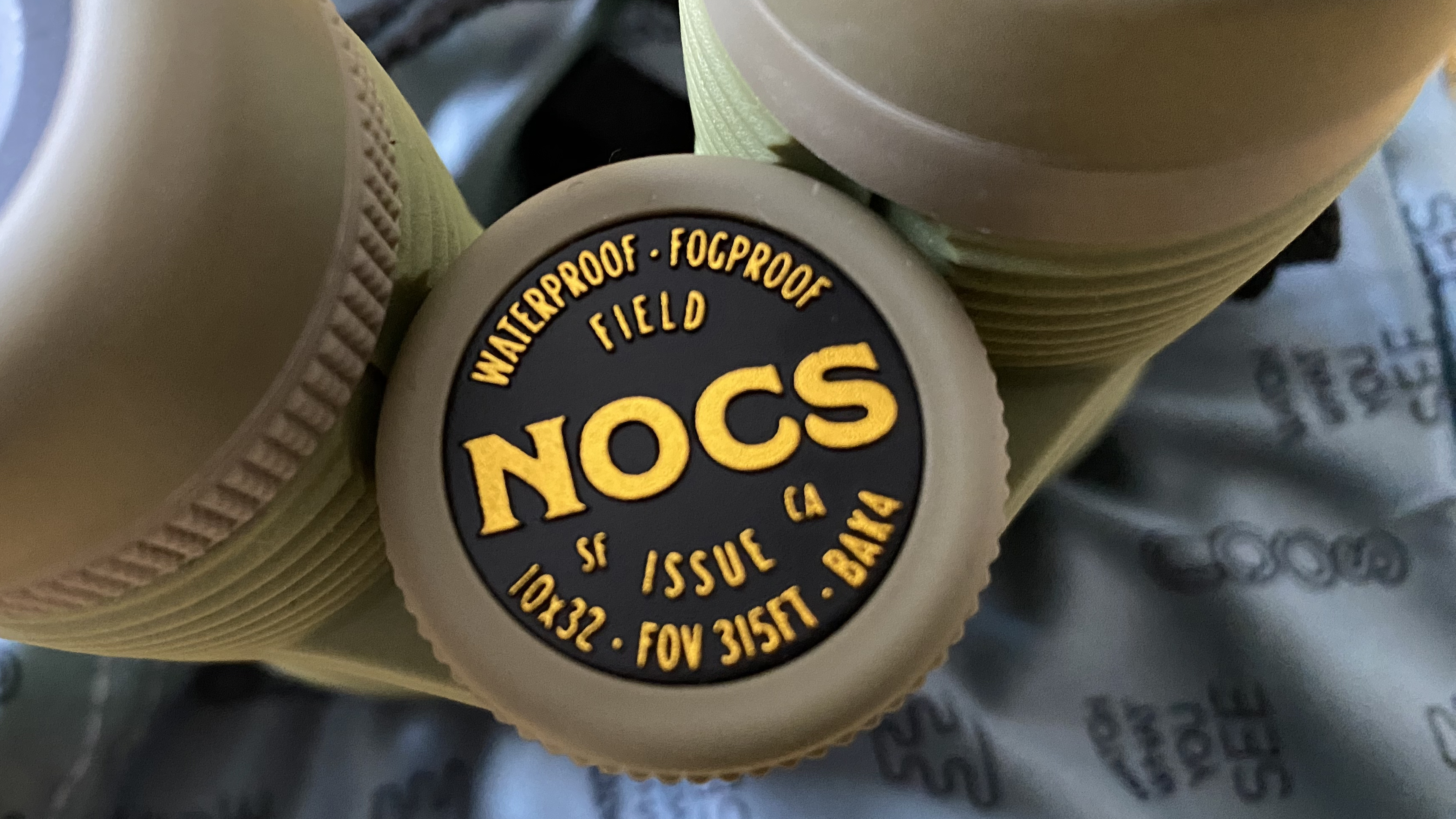
We're often asked, what do the numbers mean on a pair of binoculars? If you're unaware, you're right to ask, as they're pretty important when it comes to choosing the optimum pair for your adventures. This is because there are different bins for different situations, from watching birds soar on the thermals and getting an intimate view of a resting butterfly to gazing at the crater-scarred surface of the Moon.
Much of that has to do with the numbers they’re labelled with, such as “8 x 24” or “10 x 42”. But, what do these numbers mean on a pair of binoculars? Well, unsurprisingly, it’s all to do with their optics.
The first number which, on mainstream binoculars, is often either 8 or 10, is the magnification. The higher the number, the greater the magnification. For example, if an osprey was soaring through the sky 100 meters away, viewing it through 10x magnification would make it appear only 10 meters away. You might think that the higher than magnification, the better. However, it’s not quite as simple as that, which we’ll come to in due course.
Next up, the second number, is the objective lens diameter in millimeters. The larger the objective lens, the more light your binoculars can hoover up. Not only this, the difference is exponential. So, if you were to double the diameter of your objective lens, it’ll collect four times as much light – that’s a lot of photons! There may be many reasons you need binoculars, from birdwatching to stargazing – the various objective lens sizes work well in different levels of light.
Meet the expert

As a lover of the outdoors, Alex enjoys nature watching. He grew up on the Solway Firth, an estuary between England and Scotland and an important site for native and migrating birdlife. Here, he caught the wildlife watching bug from his father. As well as using binoculars during his upland rambles, he’s also something of an amateur astronomer and enjoys focussing in on the wonders of the night sky.
Today's best deals
The magnification consideration
- The more zoomed in you are on an object, the more constrained your field of vision becomes
- High magnification also exaggerates the effect of your own movement
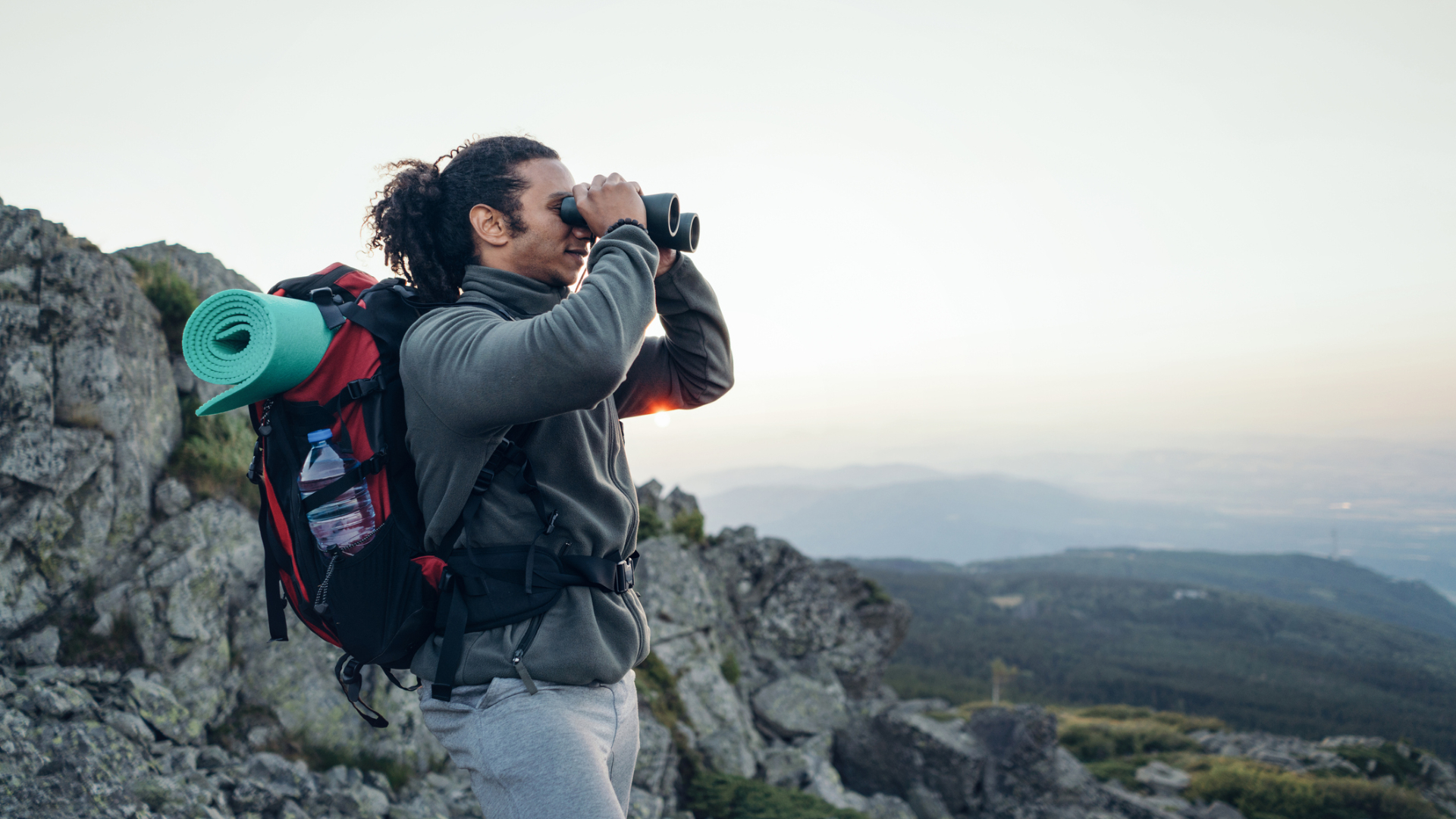
As mentioned, you may think that having loads of magnification is the ideal scenario. However, the more zoomed in you are on an object, the more constrained your field of view is. You don’t want to be that person who is so closely studying a ptarmigan’s lovely winter coat that you completely miss a golden eagle swoop down and snatch it away. Less magnification gives a wider view, so you can enjoy studying your subject but still see what’s going on around it.
It’s also harder to pick out distant subjects and move with them when you’ve got high magnification. To take the ptarmigan/eagle analogy further, even if you did spot the eagle’s approach, tracking the bird’s flight once it’s back in the air is much easier with less magnification and a wider field of view. This is why the ideal birdwatching bins usually have a magnification or 8 or 10, which gives a good balance between decent magnification and the wider view.
Finally, the last downside to higher magnification is that your own movements are also exaggerated. Unless you’ve got your binoculars attached to a tripod, you’ll know just how much you move, even if trying to hold your bins as steady as possible.
So, while some magnification is obviously desirable, there’s definitely a balance to be struck.
All the latest inspiration, tips and guides to help you plan your next Advnture!
Being objective about the objective diameter
- The larger the objective lens, the more light it lets in
- A larger lens equals a bigger, heavier pair of binoculars
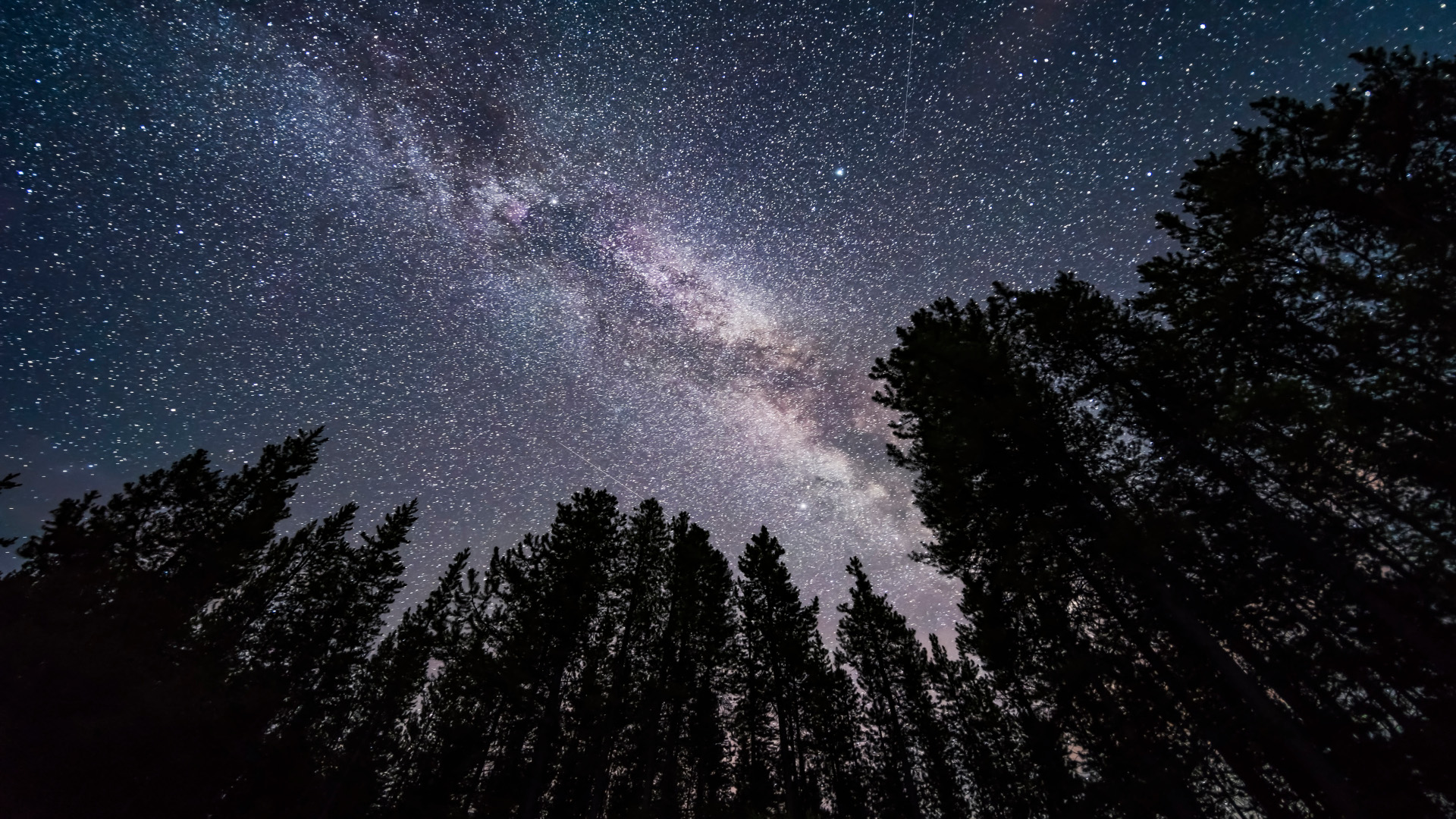
We’ve already established that the larger the objective lens, the more light it lets in and that the difference is exponential. This is because when you double the diameter of a lens, you actually increase the surface area by a factor of four. The objective lens takes all those lovely photons and transmits them to the ocular lens, which is where your eye takes over.
Increased light capture is why optics designed for viewing objects at night have large objective lenses. Think of the lens size on an astronomical telescope, it’s pretty big. That’s because that cosmos out there is pretty darn dark. With this in mind, it makes sense that binoculars with large objective lenses are well suited to nighttime use.
It’s worth bearing in mind that a large lens equals a bigger, heavier pair of binoculars so, once again, there’s always a balance to be struck.
What magnification and objective diameter are best?
- The sweetspot for birders is around about 8x42
- Compact bins for the trail often feature an objective lens between 25mm and 32mm
- A magnification of 10 is preferable to 8 if viewing stationary or slow moving objects
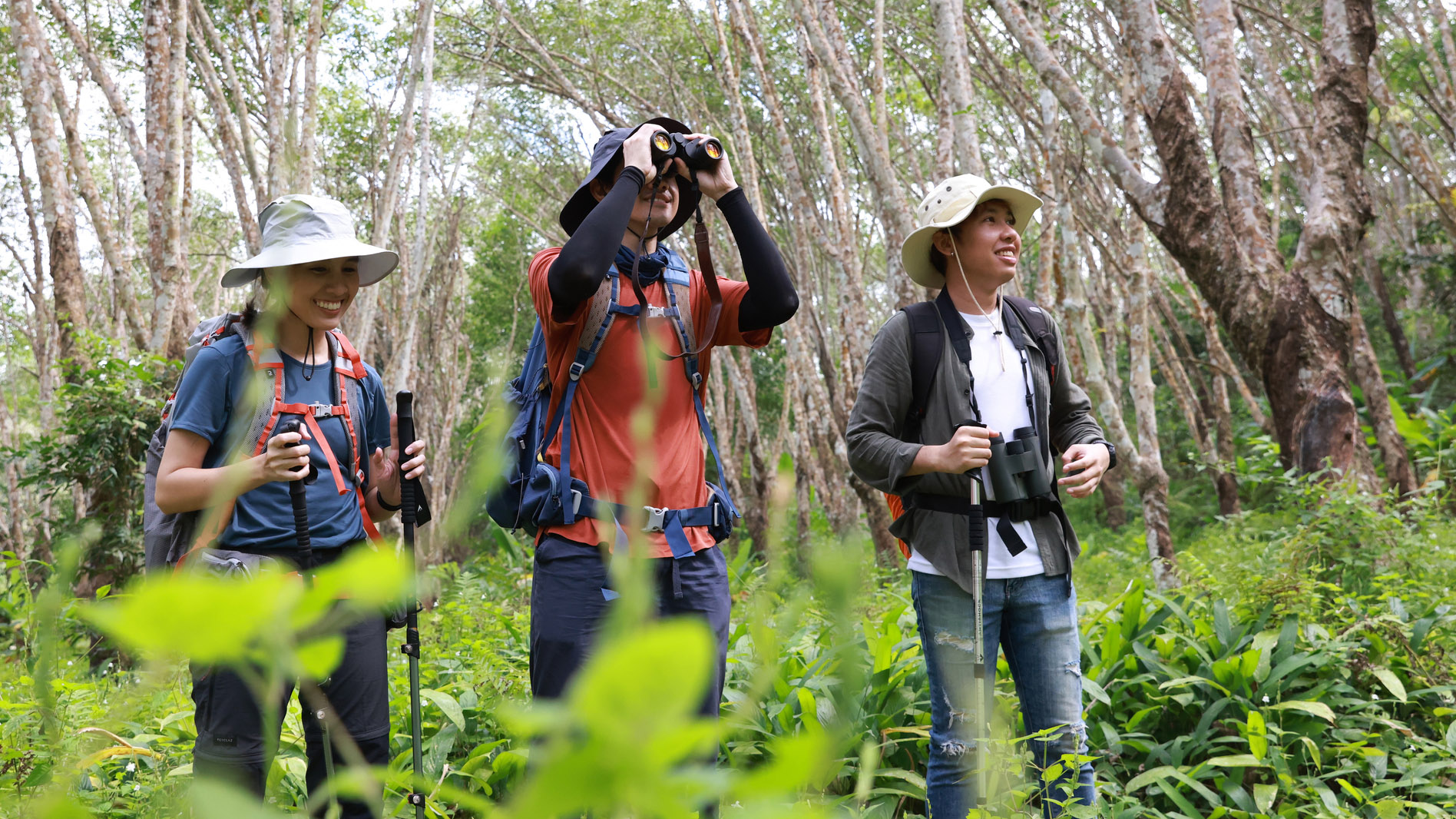
So, now your know what the numbers mean on a pair of binoculars. Hurrah! As you’ll have noticed, there’s no perfect pair for every scenario and finding the right magnification and objective lens size is a balancing act.
The most popular binocular magnification and objective lens size combo is 8x42, as seen in the excellent Nikon Prostaff 7S. This pretty much hits the sweet spot for birders, giving enough magnification to appreciate an animal’s grace, while still giving the user a wide field of view and the opportunity to effectively track it when it moves. A 42mm lens lets in just the right amount of light.
You should carry binoculars on every adventure. If you’re popping your bins in your daypack and heading out on a hike, you’ll probably want something a little lighter and more portable than what a birder would take to the nearby reserve or estuary. Therefore, most bins designed for general outdoor use, often referred to as compacts, have much smaller objective lenses, usually around 25mm or 28mm.
If wildlife watching from the trail is your bag, a magnification factor of 8 gives you a decent field of view, like the Kowa YF 8x30 bins, which are a great beginner option. On the other hand, if you use your binoculars as a navigational aid and expect to be looking at mainly stationary or slow-moving subjects that might be a considerable distance away, a factor of 10 works well.
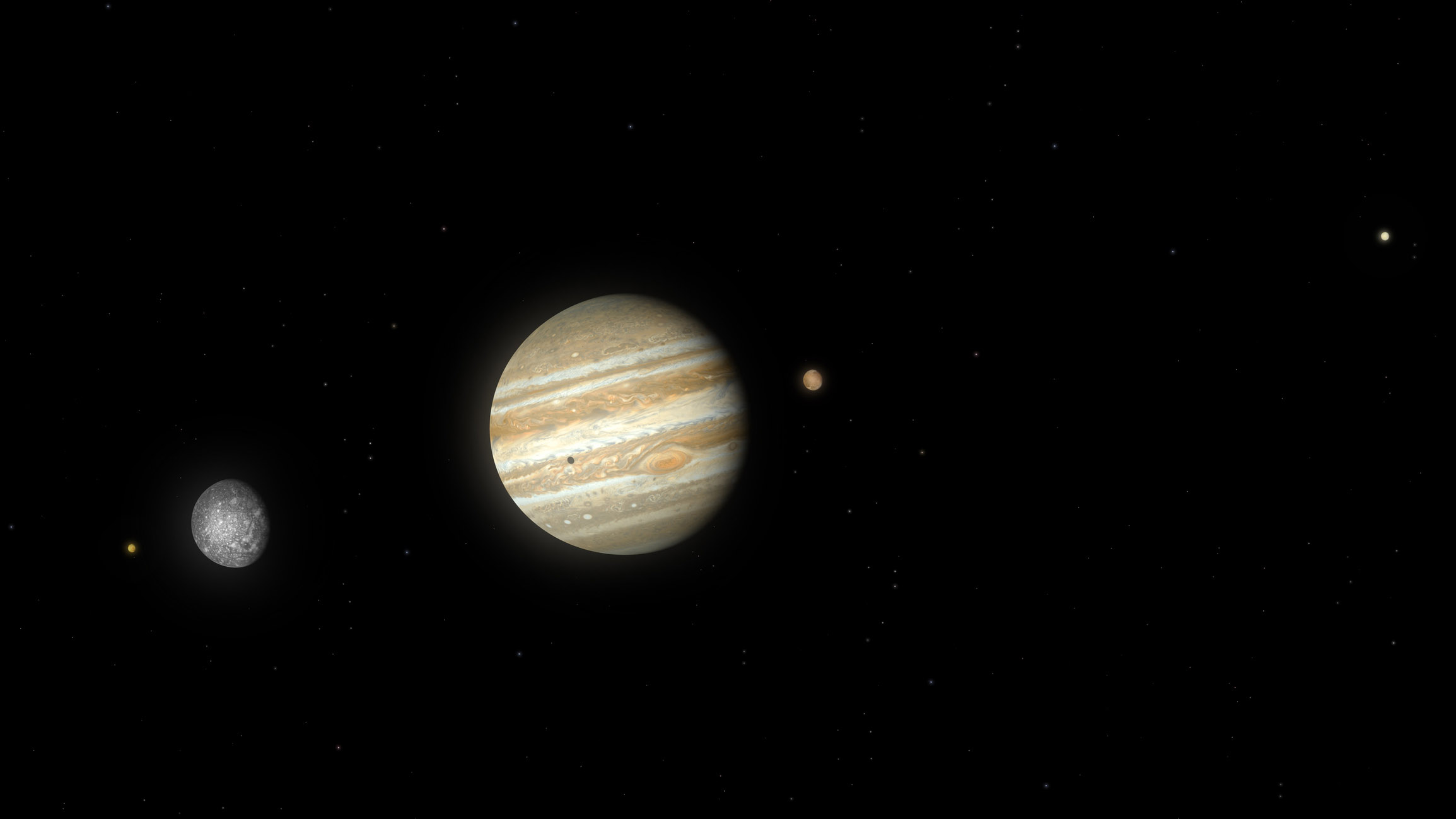
- Stargazing binoculars have high magnification and a large objective lenses
- Pairing them with a tripod in order to keep the image steady is recommended
Stargazing binoculars have both a high magnification factor and a large objective lens, often 42, 50 or even higher, like the 15x70 Celestron Skymaster. It’s worth getting a tripod once the objective lens starts to get overly large, as the bins will obviously be bulkier. This also helps to keep the image still. Jupiter and it’s Galilean moons may be careering around the sun at approximately 29,236 miles per hour (neat fact: it's the fastest planet in our solar system), but it’s so far away that it’ll seem like it’s not really going anywhere fast.
So, that's the magnification and objective lens sorted. Perhaps it's time to get some expert tips and learn how to use binoculars properly.
- The best hiking shoes: lightweight footwear tested and rated
Alex is a freelance adventure writer and mountain leader with an insatiable passion for the mountains. A Cumbrian born and bred, his native English Lake District has a special place in his heart, though he is at least equally happy in North Wales, the Scottish Highlands or the European Alps. Through his hiking, mountaineering, climbing and trail running adventures, Alex aims to inspire others to get outdoors. He's the former President of the London Mountaineering Club, is training to become a winter mountain leader, looking to finally finish bagging all the Wainwright fells of the Lake District and is always keen to head to the 4,000-meter peaks of the Alps. www.alexfoxfield.com

